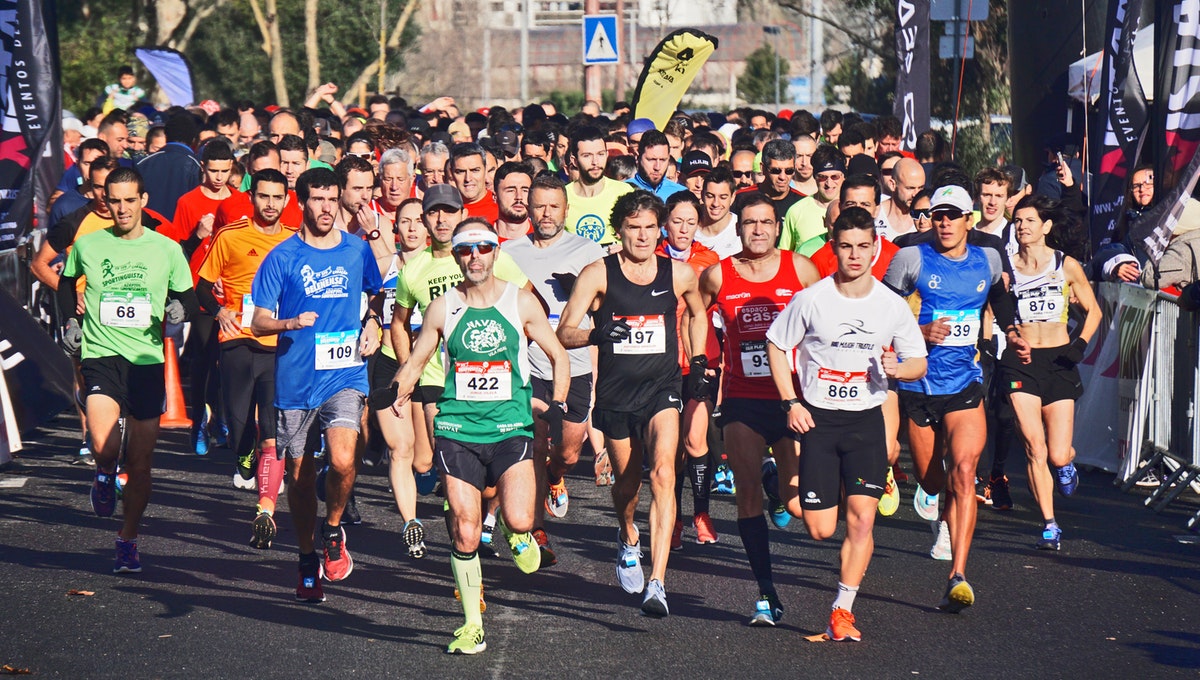On 11 July 2020, the UK government deemed that physical activity participation events were to be resumed, with sport facilities and public pools being allowed to operate from 25 July. With many global sporting events around the world opening shop, it seems like the industry was rife with speculation about what the running and race scene would look like in 2020.
Since then, Run Britain and United Kingdom Athletics have announced their guidelines on fielding running events — race organisers and competitors are required to complete COVID-19 risk assessments at every step of the race, from formulation, to participation, to post-race responsibility.
Below are what some of the new guidelines look like:
Before the race
It is not mandatory for event organisers to test and screen the participating contingent prior to the event, with pre-event disclaimers explicitly stating that runners should withdraw and not partake in races whatsoever should they have been feeling unwell 14 days prior to the event.
A standard of these competitions, race packs are advised to include numbers and timing chips that can be accessed digitally, so as to mitigate any time spent physically in race registration, a sight that is usually packed prior to events. In a bid to minimise queues and face to face queries, all sources and modes of communication and types of information should be relayed to runners before commencement.
Other things that organisers should keep in mind are social distancing at any point before and after the race, with public transport being a main area of concern. At any point, organisers must also note places that might spur possible sites of congregation, such as bag drops or customer information services, and seek to mitigate this from happening by social distancing.
During the race
The guidelines state, ‘Organisers must design start line procedures such that the density of participants at the start line is within social distancing guidelines. This can be achieved by:
- Maximising the space available at the start line and the time available for participants to cross the start line.
- Clear messaging to participants to follow start line protocols (e.g., seeding by predicted time).
- Reducing the dwell time before the start to an absolute minimum. Move participants more rapidly to the start line.
- Modelling the start “release” time. This would include lengthening the release time to allow social distancing to be maintained throughout the course and have a buffer built in to reduce the flow rate and compensate for compression on the course due to emergency access, pedestrian crossings, incidents, etc.
In the guidelines, it is noted that race pacers should ostensibly be removed, and overtaking during the race is also another concern of which education and solutions must be provided to runners so as to overtake safely whilst social distancing.
Participants of the race are also advised to be responsible for their own hydrating and nutritional needs, instead of relying on the organisers for such consumptions. Should there be stations of these purposes, beverages and food must be sealed, instead of the standard offering of cups, and should be picked up by runners — and not handed to them — to minimise contact.
At the finish line
Accordingly, runners must be dismissed and dispersed from their respective finishing lines soonest, limiting any areas of contact and ‘unnecessary touch points’, like the physical gifting of medals. Unless urgent medical attention is required for a particular runner, no one person should be allowed to loiter near the finish lines, especially in terms of sitting down or lying on the ground.
Hand sanitisers and hand washing stations must be provided. Race helpers and volunteers must be wearing ample personal protection equipment (PPE) in maximising their defense, and organisers must provide proof and plans of providing aid to runners who exhibit symptoms during the event.
Lastly, that those who were hospitalised due to COVID-19 should undergo a form of health screening prior to taking part in an event.
The screening should be led by a doctor with specialist training in sports medicine; however other doctors who are competent to make decisions on the participants’ fitness to compete, and to decide any appropriate investigations that might be required, are allowed to do so.



























